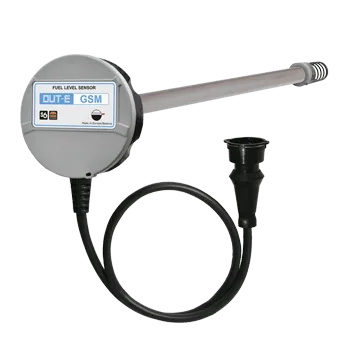Precision and Accuracy
Offers real-time, precise monitoring of fuel levels and consumption. The
integration with GPS allows for accurate tracking and immediate insights into fuel-related
activities
Often relies on manual methods, such as dipsticks or gauges, which may
provide less accurate readings. The absence of real-time tracking makes it challenging to
identify issues
promptly
Real-Time Visibility
Provides instant updates on fuel levels and consumption, offering real-time
visibility into the vehicle's fuel-related activities. Alerts are triggered promptly for any
anomalies.
Typically involves periodic manual checks, leading to delays in identifying
issues such as fuel theft or abnormal consumption.
Geofencing and Location Tracking
Integrates with GPS technology, allowing for geofencing capabilities and
precise location tracking. This is valuable for route optimization, security, and overall fleet
management.
Lacks the geofencing and location tracking features, limiting its capability
to provide insights into the vehicle's movements and activities.
Security Measures
Includes smart alert systems for fuel theft detection and unauthorized usage.
The integration with GPS enhances security measures, providing a comprehensive solution.
May not have built-in security features, making it challenging to detect and
prevent fuel theft or unauthorized vehicle usage.
Ease of Use
Typically comes with user-friendly interfaces and mobile apps, making it easy for users to
monitor fuel levels, configure settings, and analyze data.
May involve more manual processes, requiring additional time and effort
for monitoring and analysis.
Cost-Efficiency
Despite an initial investment, offers long-term cost savings through optimized
routes, reduced fuel wastage, and enhanced operational efficiency.
May seem cost-effective initially but can result in higher operational costs
due to inefficiencies and the lack of real-time insights.



